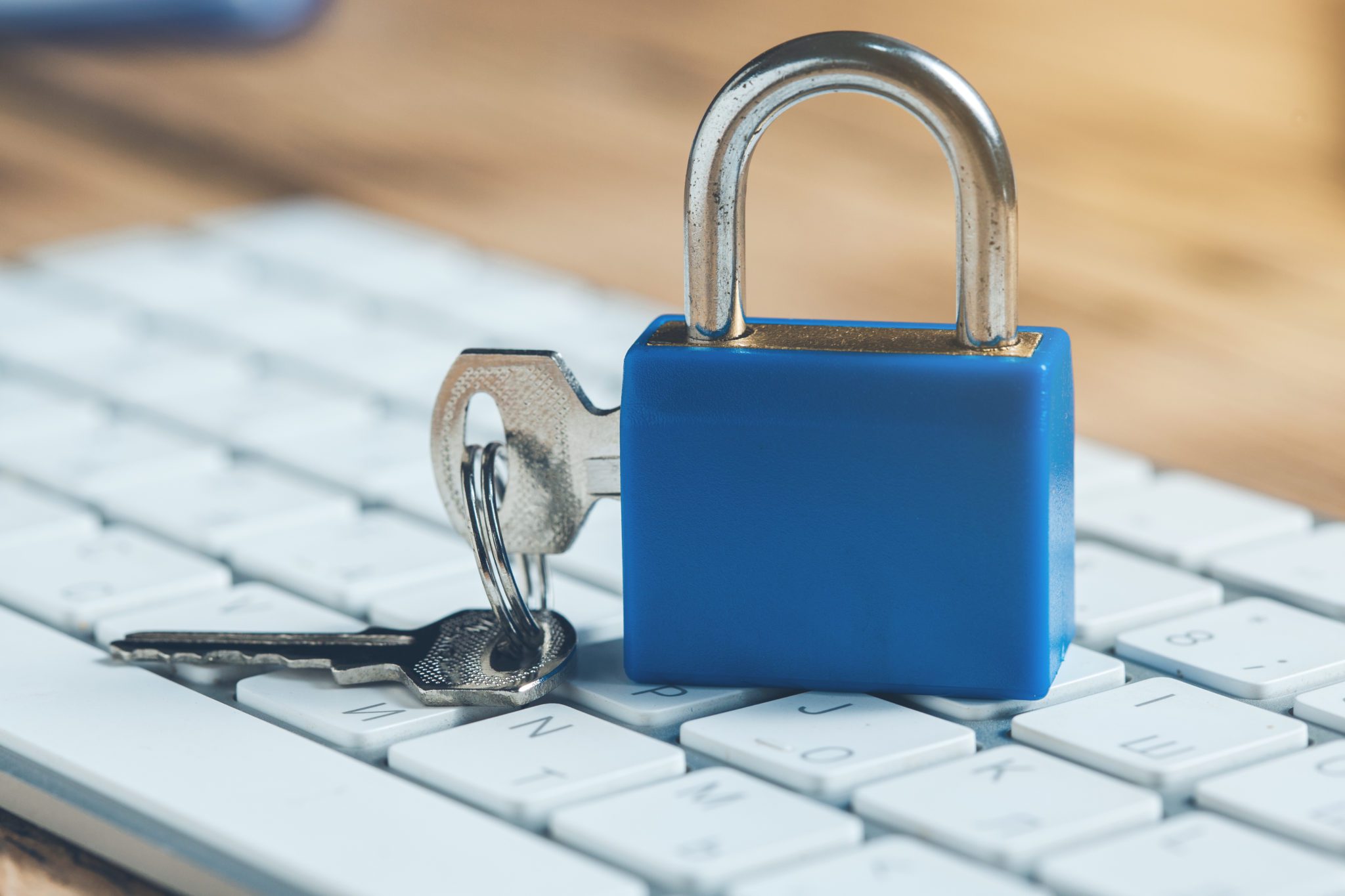Article by Nathan Merrells, Sr. Privacy Specialist
The holidaze has passed us by and we’ve rolled around yet again to January. Now is the time when we collectively reflect on our own lives and celebrate the lives of others, especially Martin Luther King, Jr. For many of us, it’s a time of addressing wanted personal change. It’s often a time of turning inward: self-searching, with an emphasis on self-change and self-awareness.
In the spirit of awareness, we return this January to focus on mindfulness around data privacy, as we celebrate Data Privacy Day on January 28. With so much evolving and changing in this space, we are celebrating and participating the entire week prior. Welcome to Data Privacy Week!

A super brief history of the day
Data Privacy Day began in the United States and Canada in January 2008 as an extension of the Data Protection Day celebration in Europe. U.S. Representative David Price took notice of the EU’s Data Protection Day, and in 2009 he introduced House Resolution 31 that January 28 was to be declared National Data Privacy Day. The resolution passed by a unanimous vote of 402–0. On January 28, 2009, the U.S. Senate passed Senate Resolution 25 also recognizing January 28 as Data Privacy Day.
Now, Data Privacy Week is an international effort aimed at inspiring education, dialogue, and the empowerment of individuals, families, and consumers. It also aims to raise awareness within companies and governments to act, respect privacy, safeguard data, and enable trust. It serves as a reminder to all organizations that privacy is increasingly good for business. The recognition and celebration of the day offers substantial opportunities for collaboration among governments, industry, academia, nonprofits, privacy professionals, and educators.
The value of your personal data
The concept of corralling personal data can be daunting. People are increasingly aware of the value of their personal data, and the value of keeping it as locked down as possible. Technology and the craftiness of humans (not a compliment in this case) are both ever-evolving — making privacy more of a struggle than ever. Fortunately, best practices can naturally become good habits along the way as you are cautionary with, and monitor, your private data. Be vigilant.
Here are some well-known best practices and a few lesser-knowns; just a few things to jumpstart your mind:
Use password management software: Do not write down or share passwords with anyone. Use unique passwords for your online accounts — andthe more complex, the better. In crafting a password, make it make sense to you. Think of it as modern-day poetry, but in upper- and lower-case letters with a few well-placed, discerning symbols to confuse your opponents and to make you smile as you enter your award-winning password haiku. Protect your passwords and consider managing them with a secure password manager.
Conduct security-sensitive activities at home: Do not utilize potentially insecure public Wi-Fi networks for sensitive operations such as e-commerce or online banking. Public WiFi is unsafe when there’s no password for access — and even then, WiFi hotspots can be used by nearby hackers to steal your data.
Activate two-step authentication for all sensitive accounts: Ensure that all your sensitive accounts, shopping accounts, and financially related accounts have this level of multi-factor authentication. Whenever possible, force accounts to make sure it’s really you that’s logging in.
Protect the personal information on your smartphone: Smartphone users are statistically more likely to become victims of identity theft. Password-protect your smartphone. Use the timed lockout feature to ensure it locks automatically after a brief amount of non-use.
Follow the “front page” rule. Early in this author’s career, a wonderful mentor said, “Don’t write anything in an email that you wouldn’t want to see on the front page of the Washington Post.” The same should apply to social media. You can use privacy settings all day long to control who initially sees your posts, but even the strongest privacy settings won’t prevent someone from re-posting what you shared.
Slow the roll on your debit card. In the event of fraudulent purchases, debit cards offer less legal protection than credit cards. A lost, stolen, or otherwise compromised debit card can result in your bank account being wiped without the use of your PIN number. Use a credit card instead, and keep that debit card tucked away for backup only.
In closing, a shameless plug for the City’s privacy practices
The small but mighty team of privacy professionals at the City of Seattle works diligently behind the scenes to ensure that the City’s Privacy Principles guide the actions the City takes when collecting and using personal information.
The City gathers only the necessary personal information from the public so we can provide numerous important services including: community and critical infrastructure protection; 911 call response; waste management; delivery of electricity; and a myriad of other benefits.
We love what we do — it’s important — so we hope you’ll jump on board the privacy bandwagon this week and start your own efforts toward making privacy a fundamental priority for your upcoming year.
There are many causes for concern regarding online privacy, but dealing with the City shouldn’t be one of them. It is important that we all know when and how our personal information is collected, how it is used, disclosed, or kept. We personally value our privacy, and we value yours. We respect your data accordingly.